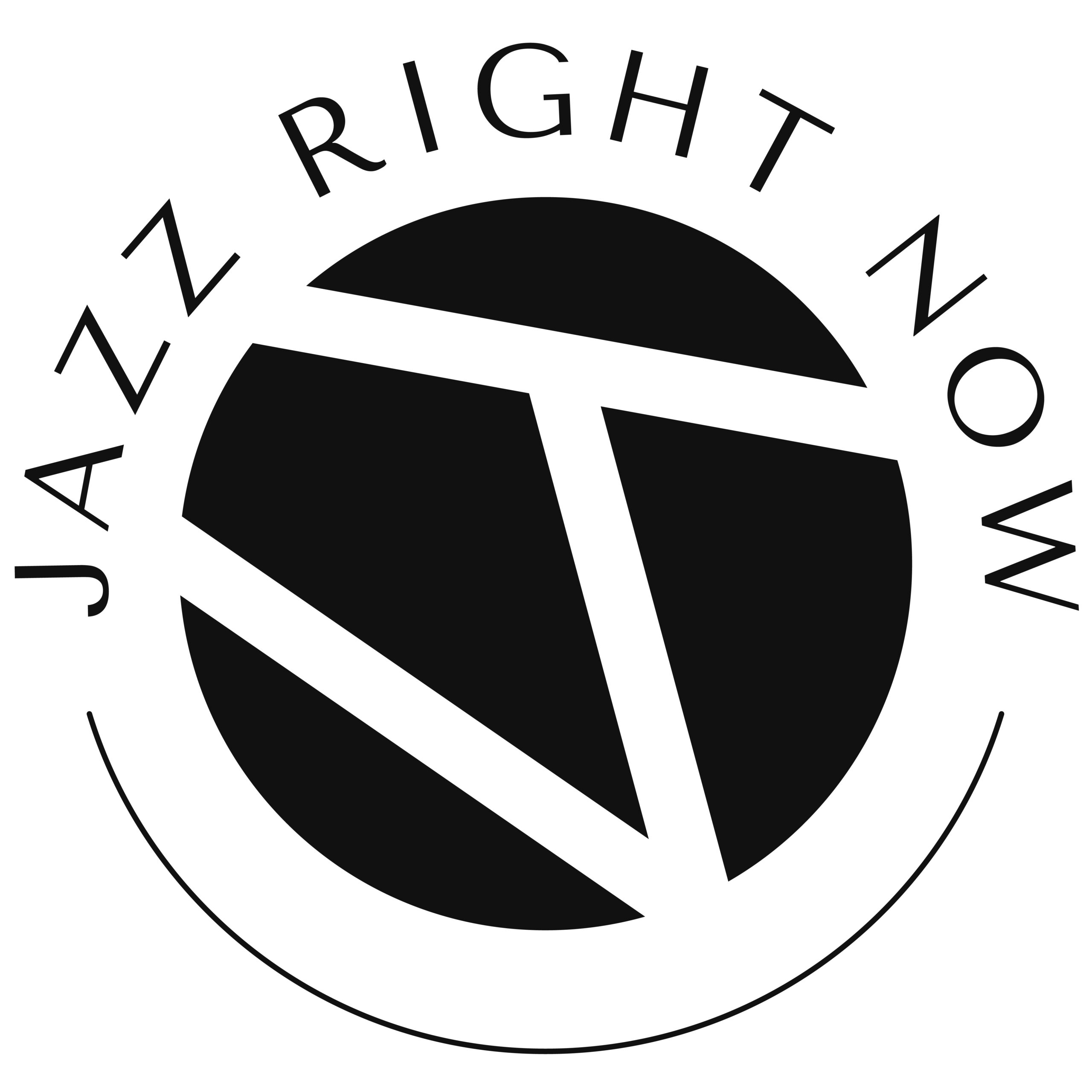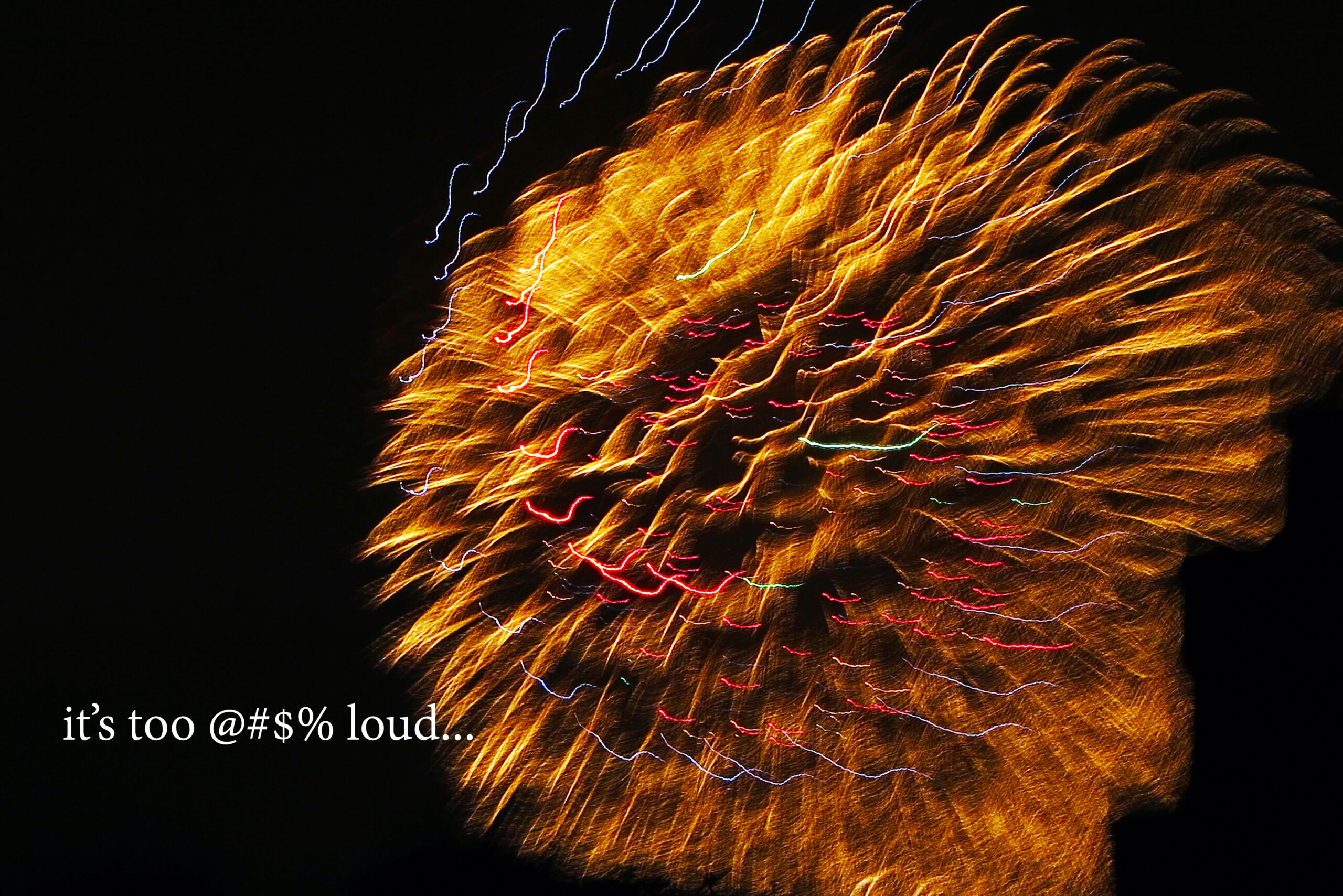Thomas Ferrella, M.D., Michael McDonald, M.D., Ben Sidran
Madison, WI
You take great steps to maintain your health: You measure steps, count calories, avoid carbohydrates and meat…but do you keep track of your decibels?
At concerts, sporting events, spin classes and on city streets, volumes are dangerously loud. The same is true with hand dryers in bathrooms, lawnmowers, leaf blowers and power tools. We are being inundated with noise! Few people are even aware, let alone take steps to protect their hearing and there are insufficient warnings to guide us.
Take it from us. We have 180 years of auditory experience. Ben is a former rock musician with the Steve Miller Band, gold-record winner and jazz musician and historian. Michael is an Ear, Nose and Throat doctor who frequents live music venues and sporting events. Thomas is a retired Emergency Medicine Physician and for seven years has run BlueStem Jazz, a non-profit that presents live jazz in Madison, Wisconsin.
We have personally witnessed and documented our suspicions that it is just too @#$% loud out there.
Noise-induced hearing loss and tinnitus are not the natural outcomes of ageing. They are avoidable.
We fear we are in the midst of an unnoticed public health crisis, and we know the stakes are high: Exposure to volumes over 85 decibels for hours at a time can kill nerve endings in your inner ear. Over a lifetime, that can lead to compounding and irreversible hearing loss, and even increase your risk of dementia and depression.
Alarmed, we decided to sample the volume of music at concerts, small clubs, music festivals and sporting events in Madison, Milwaukee, Chicago, and Nashville. Our findings were startling: Of the 63 venues we sampled, 75% of venues had average noise levels above 90 decibels [dB], and 25% averaged over 100 dB.
To put that into context, if a factory reached 85 dB for an eight-hour shift, the Occupational Safety and Health Administration [OSHA] would classify that as hazardous and mandate that workers wear ear protection. And 95 dB is 10 times louder than that. It can be damaging in as little as 15 minutes. Over 100 dB, no exposure is safe.
Sound is measured on a logarithmic scale. So, 100 dB isn’t 10% louder than 90 dB. It is 10 times louder! And 110 dB is 100 times louder! Imagine listening to one trumpeter at 90 dB. Now add 99 more trumpeters. That’s 20 decibels louder. Now add 999 more and that is 30 dB louder.
We have all left venues with a dull loss in our own hearing. This is known as a temporary threshold shift. If this auditory insult is repeated, the temporary threshold shift can become permanent. Michael spoke with sound engineers, who were candid about the reason they pushed volumes so high: If people can’t hear each other talk they are likely to drink more and join the dance floor.
Loud music turns an event into a party, so the people running sound boards are incentivized to turn it up.
A recent article in the New York Times suggests restaurant design has changed over the past decade to make rooms louder. Exposed brick walls and hard ceilings increase the reflective sound. Rarely do you see carpets or curtains, which absorb sound. The reasoning is again the louder the environment, the more people drink.
During his years touring with the Steve Miller Band, Ben witnessed decibel levels drifting upward. In the ’90s, the band was among the first to adopt in-ear monitors during their concerts so they could hear themselves over the stadium crowd noise and therefore protect their own ears. Charlie Watts of the Rolling Stones used sound partitions when drumming to save his hearing. Have you noticed how many older musicians are now wearing hearing aids?
It wasn’t always like this. In the 1940s, the purpose of amplification was largely to bring parity among instruments. Electric guitars may have been attached to one small amplifier, and vocals were amplified through a single microphone so they could be heard amid the boom of a large band. Gradually, with the introduction of better and cheaper microphones and amplification cabinets, things got louder.
Then, when the baby boomers became teenagers, loud volumes became a goal unto itself. By the late ’60s, kids were floating through the Fillmore Auditorium in San Francisco, which included the first projected light show with psychedelics being readily available. They wanted all the sensory experience they could get. Once volume was taken for intensity, music became theater, and the louder the better.
If you’ve been to a sporting event recently, you’ve likely been pressured to “get loud.” NFL stadiums proudly brag about this cacophony. Arrowhead Stadium in Kansas City claims the Guinness world record for an outdoor stadium at 142 dB. This is an amazing 10,000 times louder than the safe level recommended by OSHA.
Michael was at a Green Bay Packers game at Lambeau Field when the crowd was urged to “get loud.” We pushed the meter above 128 dB. It was painful. And we get it: Loud is fun. Loud is exciting. Loud gets people dancing. But can we “get loud” safely? The answer is NO. Evidence suggests such events can cause permanent hearing damage.
Thomas has attended the BIG EARS musical festival in Knoxville on multiple occasions and has witnessed many shows well into 110+ dB range. On several occasions he has expressed his concerns in person to the festival organizers, room monitors and sound engineers, in addition he has filled out surveys and written emails and letters. Nothing has changed and he feels in some ways he is ignored because he is of a certain age and has grey hair. He and many of his pals no longer attend that festival. Michael spoke with one sound technician in a Nashville bar on Lower Broadway who worked from a sound booth while wearing earplugs. He said he tried to keep the volume inside his booth no louder than 90 dB to protect his own hearing. But on his dance floor, he played music between 98 and 108 dB, with a peak of 111 dB. That is 100 times louder on the dance floor.
European countries have a patchwork of regulations that include a limit on the volume outside the venue. They also mandate warnings about dangerous noise levels and encourage the use of hearing protection and may offer free or discounted earplugs or sound-canceling devices. European countries also place a strong emphasis on children’s hearing. Some venues will restrict entry under a certain age if the music is too loud.
OSHA regulations only protect employees, not patrons and honestly enforcement is quite limited. Absent this regulation, we have formed an organization called 2 EARS – 4 LIFE. Our intent is to form a coalition of like-minded agencies with education as our goal. Through this we are hopeful that restaurants, music venues, festivals… will voluntarily post noise warnings and encourage the use of earplugs. Foam earplugs could be offered for free if the music was sure to be above a safe level and certain events could even be offered as ‘noise-safe’, like the old smoke-free eating areas in restaurants.
We also encourage individuals to protect their own ears, the way they would with any other health hazard and carry ear protection for yourself and your children. Apple watches and some iPhones will alert the user if ambient sound reaches a dangerous level. You can also download and use free sound meter apps. We tried multiple different apps and liked Decibel X best which is what we used for this article. The next time you notice you are in a dangerously loud environment, we encourage you to break out those earplugs, move further from the speakers and share your concerns with the venue and maybe even show them your volume measurements. And hopefully you will not be ignored due to your age.
Performers in the BlueStem Jazz series are asked to play to the room with a good sound check. Thomas has a very close relationship with the sound engineers at all of the BlueStem venues and frequently he tips the sound engineer when the sound is right. Nothing speaks louder than money.
And take responsibility for your hearing. One day you will pay the piper if he’s playing
too loud.


Leave a Reply